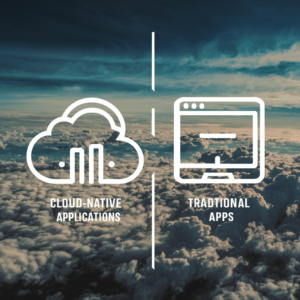The rapid adoption of cloud computing has revolutionized the way businesses operate, offering unparalleled flexibility and scalability. However, the convenience of the cloud also introduces new security challenges. Safeguarding your data in the cloud is of paramount importance. In this article, we will explore best practices for ensuring robust cloud security.
1. Identity and Access Management (IAM)
Implement strong identity and access management practices to control who can access your cloud resources. This includes:
- User Authentication: Use multi-factor authentication (MFA) for user accounts to add an extra layer of security.
- Role-Based Access Control: Assign permissions to users based on their roles. Only grant necessary privileges.
- Regular Review: Periodically review and revise access rights to maintain the principle of least privilege.
2. Encryption
Encrypt data both in transit and at rest:
- Transport Layer Security (TLS): Use TLS for encrypting data in transit. Ensure that your applications communicate securely with cloud services.
- Data Encryption: Leverage encryption services provided by the cloud provider to protect data stored in the cloud.
- Key Management: Manage encryption keys securely, and regularly rotate them.
3. Security Groups and Network ACLs
Implement strict security groups and network access control lists (ACLs) to control inbound and outbound traffic:
- Least Privilege: Only allow necessary traffic. Block all other inbound and outbound traffic by default.
- Logging: Enable logging for security groups and ACLs to monitor and detect suspicious activity.
4. Patch Management
Regularly update and patch your cloud resources:
- Automatic Updates: Enable automatic updates where possible to ensure you’re protected against known vulnerabilities.
- Vulnerability Scanning: Use vulnerability scanning tools to identify and prioritize patching.
5. Monitoring and Logging
Implement comprehensive monitoring and logging to detect and respond to security incidents:
- Centralized Logs: Consolidate logs from all cloud resources into a central system for analysis.
- Alerting: Set up automated alerts to notify you of potential security threats.
- Incident Response Plan: Develop an incident response plan that outlines procedures to follow when a security breach occurs.
6. Data Backup and Disaster Recovery
Regularly back up your data and have a disaster recovery plan in place:
- Automated Backups: Use automated backup services provided by your cloud provider.
- Test Recovery: Periodically test your disaster recovery plan to ensure it functions as expected.
7. Security Policies and Training
Establish clear security policies and provide security training for your team:
- Policy Enforcement: Enforce security policies that outline best practices and acceptable use of cloud resources.
- Awareness Training: Train your team to recognize security threats and adhere to security policies.
8. Third-Party Security
If you use third-party services or applications in the cloud, ensure they meet your security standards:
- Vendor Assessment: Assess the security measures of third-party vendors. Ensure they comply with your security policies.
- Service-Level Agreements (SLAs): Include security provisions in SLAs with third-party providers.
9. Compliance
Adhere to industry-specific compliance standards and regulations:
- HIPAA, GDPR, etc.: Ensure your cloud environment complies with relevant standards and regulations.
- Regular Audits: Conduct regular audits to confirm compliance.
10. Regular Security Assessments
Periodically assess the security of your cloud environment:
- Penetration Testing: Conduct penetration testing to identify vulnerabilities.
- Security Audits: Regularly audit your cloud environment to ensure it aligns with your security policies.
Conclusion
Securing your data in the cloud is a multifaceted process that involves careful planning, ongoing vigilance, and a strong commitment to best practices. By implementing robust security measures, adhering to compliance standards, and fostering a security-conscious culture within your organization, you can protect your data in the cloud from a multitude of threats. Remember that cloud security is an ongoing process, and staying informed about the latest security developments is crucial to maintaining a secure cloud environment.





